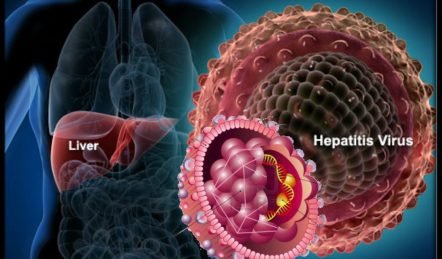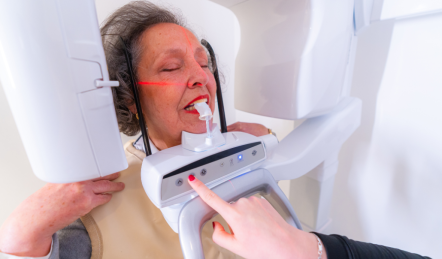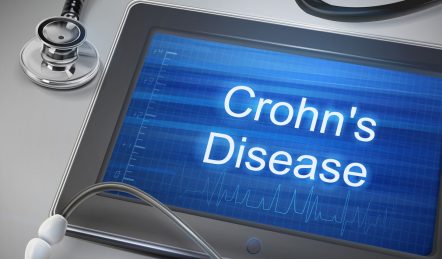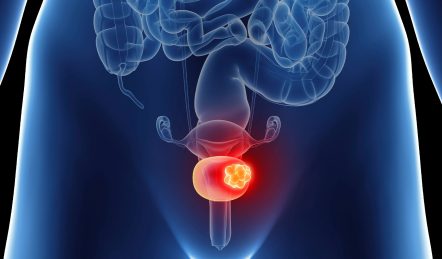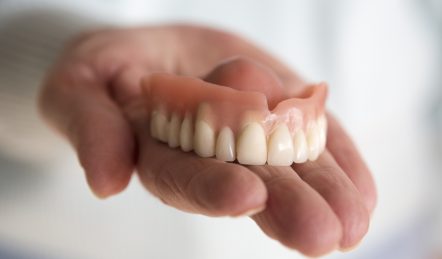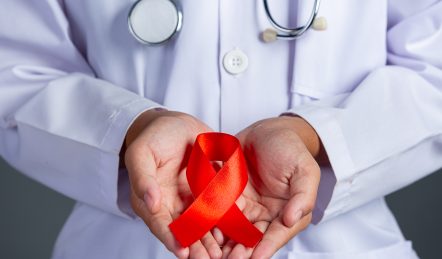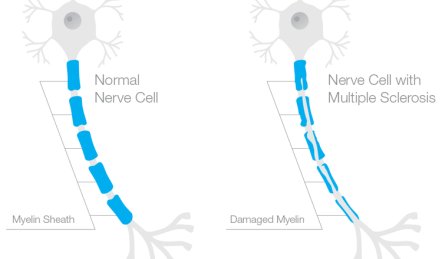What You Should Know About Metastatic Breast Cancer
Stage four breast cancer, otherwise known as metastatic breast cancer, is a very severe and life-changing condition. Cancer has most likely spread throughout the body (specifically the lungs, liver, or bones). Even though receiving news that you have cancer is devastating, don’t lose hope. Through advanced and aggressive treatment, one can accept recovery.
Having an early diagnosis can literally save a life; according to the WHO, chances of survival are higher for people who get checked early on¹. Although the chances for full recovery are slim, there is still hope. According to Cancer Org, Stage 4 cancer is not always terminal. It is usually advanced and requires more aggressive treatment. People must be knowledgeable in early warning signs, all of which can be found through a simple Google search.
How do doctors determine what stage an individual is at? Stages in cancer are determined by three factors:²
- Size of the tumor and how much it has affected the area
- Cancerous growth in the lymph nodes by the armpit area
- If cancer has spread to other areas (Metastasization)

Early Detection for Breast Cancer
Breast cancer can be treated if discovered early and when diagnosed during early stages. Women are advised to start doing monthly breast self-checkups and get a mammogram every two years, both of which can help detect breast cancer early. ³
If you’re unsure of how to perform a breast self-check, here are some basic instructions one can follow:
- 1Patients will need a private area in the home with a big mirror. They will need to take off their top, bra, and any other undergarment obstructing their breasts’ views. Visually, one needs to see any changes in size, shape, color, and any soreness or redness on their nipples. Patients can lift both arms and place them behind their heads to have a better view.
- After a visual check, they’ll need to assess themselves physically. Lift and check underneath their breast, and gently squeeze from different angles. One may also need to lie down and softly apply pressure to one of their breasts with the opposite hand. Check to feel for any abnormal masses.
Other patients see any abnormal changes such as dimpling, nipple discharges, or a protruding mass, consult a doctor immediately. If patients are unsure of what they’re doing, they can book an appointment with a medical professional, and they can perform a check-up.

Stage-Four Breast Cancer Signs and Symptoms
Chronic Fatigue or Sleepiness
Like most types of cancer, breast cancer can also cause extreme tiredness or sleepiness. Even with rest and the proper amounts of sleep, people will still feel intense fatigue. Cancer causes changes to the body, leading it to feel constantly exhausted.
Weight Loss
Sudden weight changes are expected and an unavoidable aspect of most types of cancer—this weight loss results from the deterioration of muscle and appetite loss. Cancer has a way of lessening one’s need for food or just taking away general appetite. Once cancer has spread through the liver, the patient may lose even more weight.
Depression
Due to the nature of the disease and the possibility of losing one’s life, most cancer patients go through depression. It’s advisable that family and friends stay by the patient’s side and continuously give them support. Some people also find comfort in religion; they can request to meet with a pastor or a priest to give them spiritual support⁴.
Malignant Growths (Metastases in Liver, Bone, Lung, and Brain)
When breast cancer has found its way to the liver, patients will experience intense abdominal pain. Chances are, constant vomiting is expected, and their skin will develop a yellow color, called jaundice, due to the cancer cells affecting the liver. Their bones will be more fragile and easily get fractures during this stage. Minor injuries can cause severe pain to the patient.
Some patients will experience difficulty breathing; some may go through coughing fits, while some may not. Metastases of the brain don’t always happen to everyone, but it is characterized by headaches, lightheadedness, and changes in personality when it does.
Stage-Four Breast Cancer Treatment
Modern medicine has afforded patients many options for treatments. Chemotherapy is the most popular option, while targeted therapy is considered the best out of the group. Each treatment is different in how they remedy the patient, its price point, and makes the patient feel at the end of each session.
Chemotherapy
At least 34% of those with breast cancer have opted to take chemotherapy⁵. It’s one of the more popular options when it comes to treating cancer. The medication is very potent and can eradicate cancerous growths; this treatment helps shrink tumors. However, most people feel sick and depleted after each session because of the drug’s potency.
Targeted Therapy
Targeted Therapy is similar to chemotherapy, in which drugs and medication are used to target cancer cells from growing. Unlike chemo, they don’t leave the patient exhausted; however, the price for a session may go in the thousands.⁵
Even though targeted therapy seems like the ideal choice, issues like blood clotting and high blood pressure are some of the downsides of the treatment.
Radiation Treatment
If breast cancer has metastasized, it has traveled to other parts of the body; radiation therapy is highly recommended. High doses of radiation will be applied to the affected areas, thereby killing cancer cells through DNA damage.6 However, some healthy cells will be targeted, and the body will need time to repair the damage.
A high-calorie diet will help the body recover from radiation treatment. Patients are usually assigned a dietician on what meals they can eat during this period.
Surgery
There are two types of surgeries for breast cancer: breast-conserving surgery and mastectomy⁷. Surgery is sometimes paired with radiation treatment because it removes the tumor while radiation makes sure they don’t come back.
Breast-conserving is a type of surgery where only the affected parts and the surrounding tissues are removed. Depending on the size of the tumor, which area it has affected, and how much it has affected the breast will determine how much will be removed.
Other names for this surgery include quadrantectomy, lumpectomy, partial mastectomy, or segmental mastectomy. A mastectomy is when the breast and any surrounding tissue are removed totally. Removing both breasts is called a double mastectomy.
Two issues people have experienced when going through surgery are the risk of infection and pain. This is why patients are advised to stay for at least three to four weeks to be monitored.
Last Thoughts
People feel like getting breast cancer is the end of the line, which is a valid train of thought. Receiving news that one has cancer is scary and life-changing. However, science and medicine have been advancing to create cures and treatments.
The bottom line is awareness of the early signs and education about a disease are always important. Know what to expect so you’ll know the first line of treatment to adhere to. Quick online research can always help, and of course, consult your doctor and have regular check-ups.
References:
1 WHO
2 Healthline
3 St Luke’s Health
4 Cancer.net
5 Cancer Research UK
6 WebMD
7 Cancer.org



